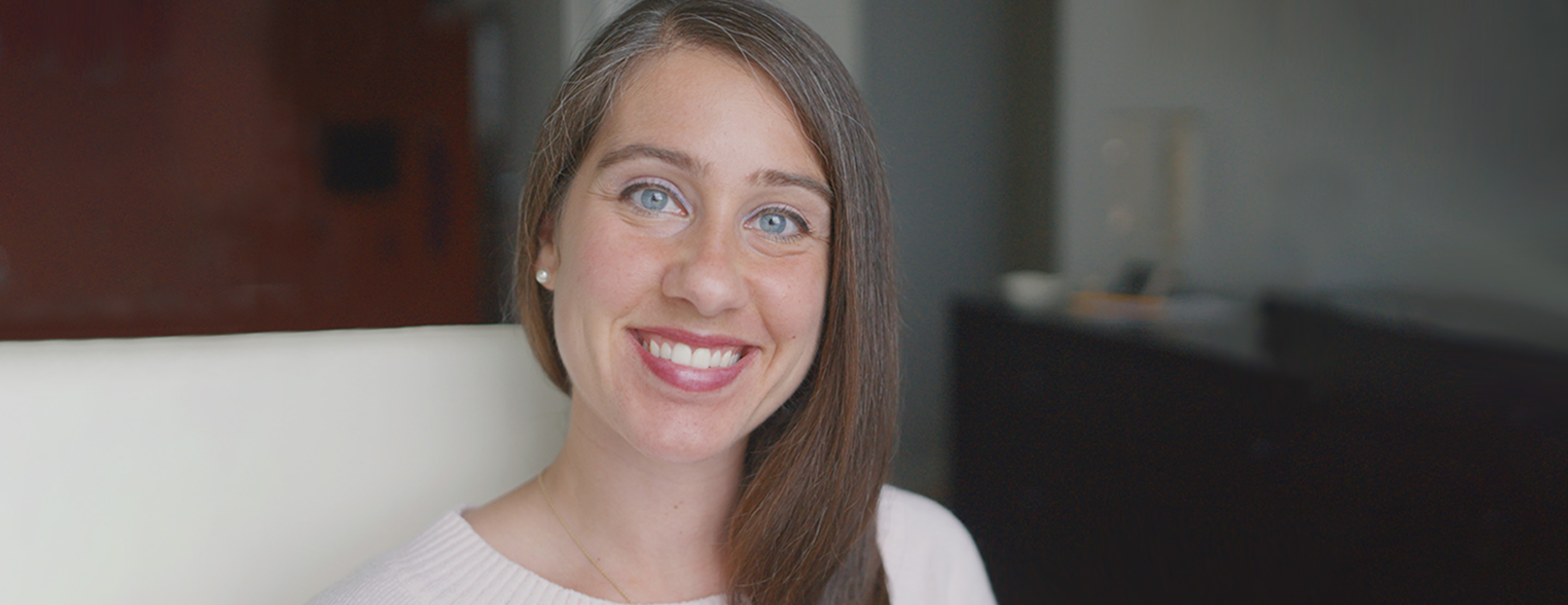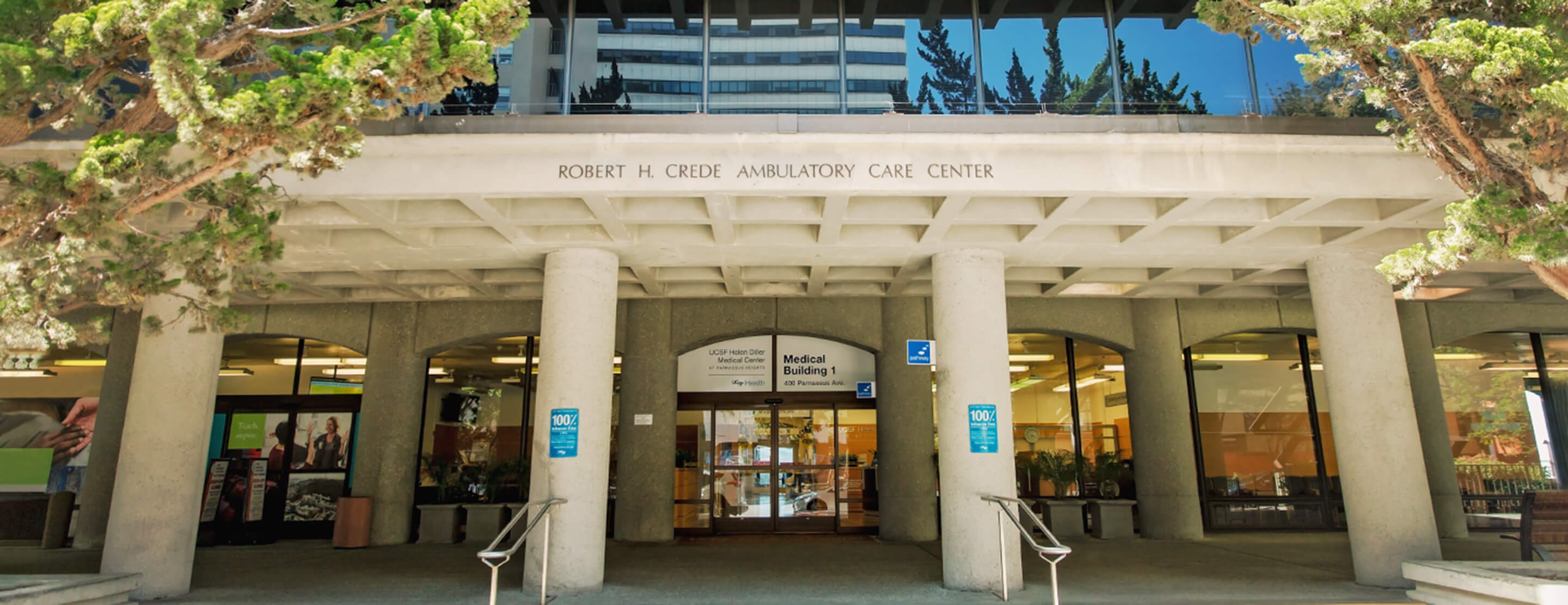When you began having seizures, what were they like?
When I developed epilepsy back in September of 2010, I was having 30 to 40 seizures daily. They would always start off with an odd taste, smell, hallucinations, auras. It would start as a simple partial seizure and evolve into a complex partial seizure where I would often lose consciousness or awareness.
I went to multiple hospitals in China for testing but was not properly diagnosed.
How were you finally diagnosed?
When I returned to the U.S., I still was not correctly diagnosed until I had an episode where I lost consciousness and an ambulance took me over to a local hospital. They did an EEG, which showed them, "Yes, she has epilepsy." That was when I got on my very first antiepileptic.
What was your daily life like at that point?
My cognition was so low that I basically reverted to being a 3-year-old. If I was watching TV, I couldn't comprehend what was happening. I could barely even speak a full sentence.
How did you find your way to UCSF?
I was brought to UCSF [in 2014] after having an allergic reaction to a medication, and Dr. Garcia became my epileptologist. I tried additional medications, but the seizures wouldn't stop. My cognition was so low that it was hard to have a job. It was hard to really live my life.
In 2015, Dr. Garcia said you were a candidate for surgery and you were hospitalized for a presurgical evaluation. Can you describe the experience?
They inserted a grid [before surgery] with 300 electrodes inside my skull. [Neurosurgeon] Dr. Chang would come in and explain, in terms that my family and I could understand, what he was seeing and what was possible. The goal was to determine whether it was possible to resect [surgically remove] the [brain's] insula area [where the seizures were starting].
You were a candidate for resection. How did you feel after that first surgery?
The most interesting part was emotional. I woke up from the surgery and thought, OK, I must be on some wonderful painkillers. I feel great.
My entire life, until that first resection surgery, I couldn't control my thoughts. I remember having these emotions – these high highs and low lows – for no reason. In middle school, I was sitting in my backyard on our little porch swing, and I remember tearing up and saying, "I wish for 30 seconds I could switch brains with a friend. I just want to know what it's like to stop thinking." And that did not happen until after that first resection surgery. I have not had that problem since.
Although my cognition returned [after surgery], it took about a day for me to be able to speak aloud. But mentally, I had no negativity.
After that surgery, you had fewer seizures but those you had were still intense. What was that like?
There were days when I would lose vision, I would lose hearing. I would often drool out of the right side of my mouth. People around me could see that something was happening, and I couldn't stop it.
It was more terrifying than before the surgery, [when] I would lose consciousness. When you lose consciousness, you wake up, you have some bruises, but you're fine. When you're awake and you can't take any control, that, to me, was the most terrifying part.
That's what led me to go back in to have more testing in March of 2017. They said, "Kimberly, you are a candidate to have a second surgery."
What did they recommend?
Through the stereo EEG, they found that, yes, it was possible to further resect the left insula area. However, there was another [seizure-causing] area that, if Dr. Chang had resected it, could have caused me to lose cognition and linguistic ability for the rest of my life.
Dr. Chang said, "Kimberly, because of that, we can't resect this area. So you are a candidate to have a NeuroPace RNS device implanted in your skull." And he did that, as well, for the second surgery in May 2017.
The device is working 24 hours, seven days a week. If it senses seizure activity, it will send off signals to try to stop the seizure from blossoming. That's the word they use: blossoming. When it's doing this, I can't feel it. I have no idea it's going off.
The NeuroPace can be adjusted for better seizure control. How does this work?
When I have a seizure, I take this [magnet] out and swipe it over my scalp. Then it [instructs the neurostimulator device to record brain activity]. Using a laptop, I can send all the information to Dr. Rao.
This way, when I come in for appointments, he can see when I've had a seizure, he can look at what he sees and what he thinks would be the next, best option to make any changes. When I say he makes changes, they're all external. He doesn't have to do anything invasive; it's all technologically based changes.
Dr. Rao gives me options, and as a patient, you get the final say if you want a change to be made.
It sounds like your life has changed completely since the second surgery.
I have a full-time job, a group of friends. I travel, I work out. I own a car and I drive. My life has gotten even better than it was before I got sick.
Do you still have seizures?
Maybe, at the most, five per month.
My seizures have significantly reduced in frequency and intensity. [They] last up to two minutes. When I do have a seizure, I am completely awake and aware, and I can move and even walk. If I'm having a conversation, nobody can tell I'm seizing at all. I have not lost consciousness in more than two years.
Now I don't have postictal [post-seizure] symptoms. A lot of the seizures I had, especially the complex partial seizures, I felt like I had the flu the following day.
It must be such a relief.
It's a whole different world, and I'm amazingly grateful for all the support that I've had – from doctors, family, friends. People haven't given up.
After the second surgery, I got back out into the social world. I had to let my brain heal, right? It wasn't easy. But I didn't give up, and I did a lot of that [healing] through volunteering. I am volunteering at UCSF's children's hospital.
I'm forever grateful for everything that the doctors have done because my seizures are now reduced and I live my life without worrying about them. And having this device, I know that I'm not dealing with epilepsy alone.
What is it like to have such a long-term relationship with UCSF's epilepsy team?
UCSF is one of the most amazing hospitals that I've been to. I go in and feel like I'm at home. I feel like they're family to me.










